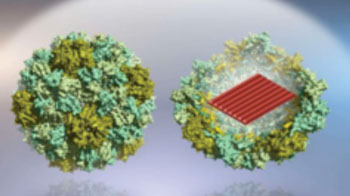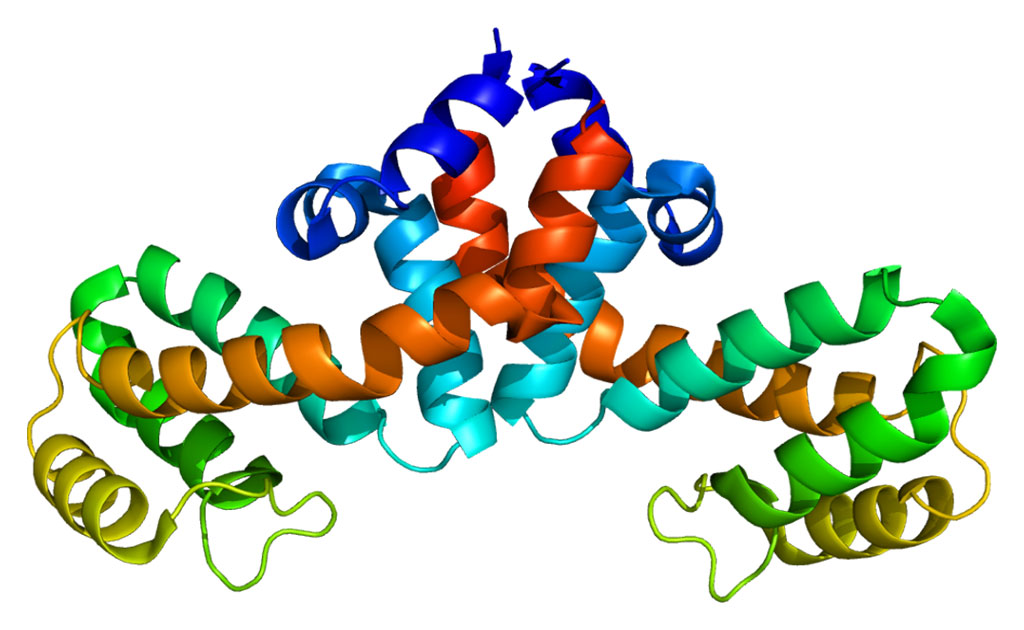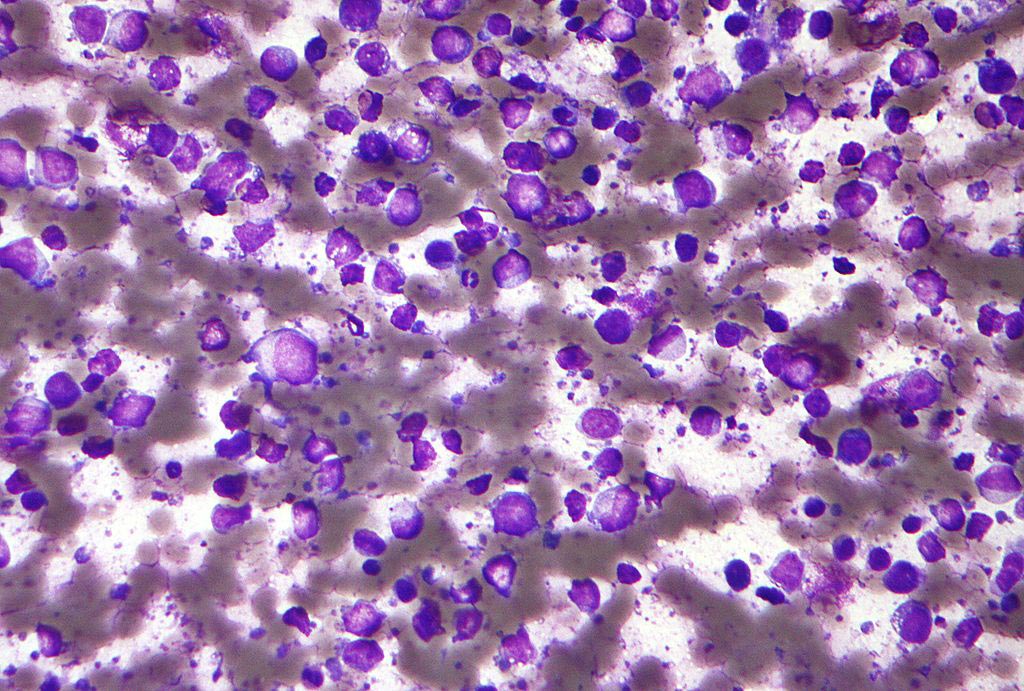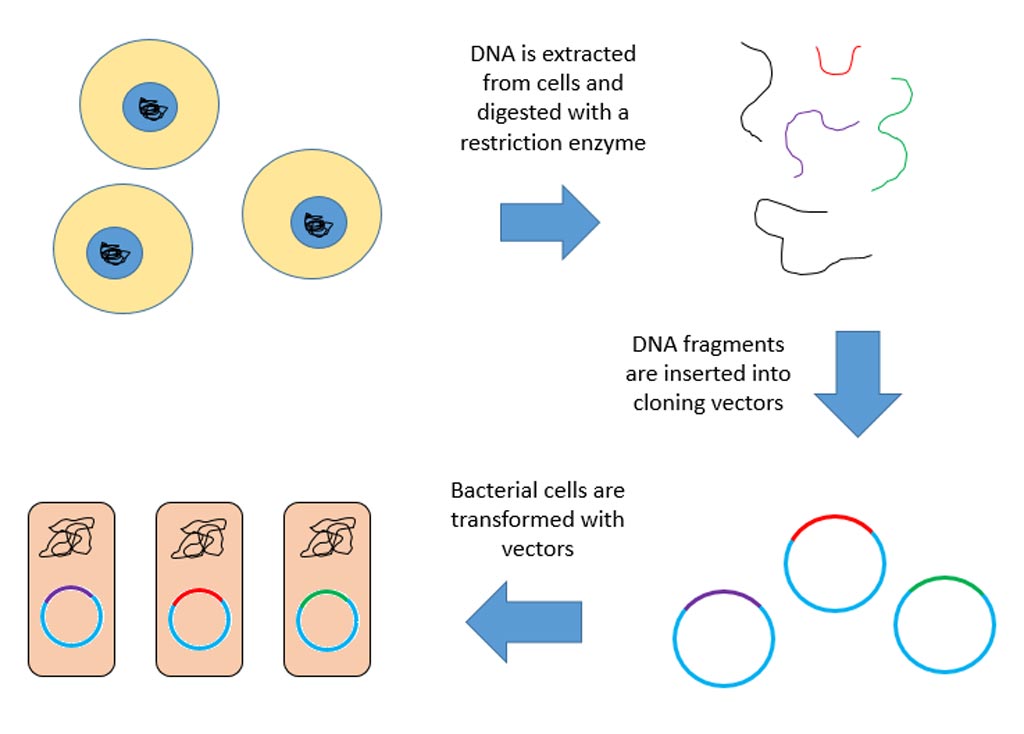Review Stresses Biomedical Applications for Designed DNA Nanostructures
By LabMedica International staff writers
Posted on 06 Oct 2015
A recent review article described how self-assembled DNA nanostructures could be used in molecular-scale diagnostics and as smart drug-delivery vehicles.Posted on 06 Oct 2015
Investigators at Aalto University (Finland) described in the October 2015 issue of the journal Trends in Biotechnology how DNA molecules could be assembled into tailored and complex nanostructures, and how such structures could be used for bio-nanotechnological applications such as molecular diagnostics and targeted therapeutics.

Image: Virus-protein-coated DNA origami nanostructures. With the help of protein encapsulation, such nanostructures can be transported into human cells much more efficiently (Photo courtesy of Dr. Veikko Linko and Dr. Mauri Kostiainen, Aalto University).
The authors said that DNA molecules can be assembled into custom predesigned shapes via hybridization of sequence-complementary domains. The folded structures have high spatial addressability and tremendous potential to serve as platforms and active components in a plethora of bio-nanotechnological applications. They stressed that DNA is a truly programmable material, and its nanoscale engineering opens up numerous attractive possibilities to develop novel methods for therapeutics. Furthermore, tailored molecular devices could be used to target cells and trigger cellular actions in the biological environment.
"Nowadays, software and techniques to design and simulate DNA nanostructures are extremely powerful and user-friendly, and thus, researchers can easily construct their own DNA-objects for various uses. The big boom in the field of structural DNA nanotechnology happened in 2006, when Paul Rothemund introduced a technique dubbed "DNA origami". This method is the starting point for practically all other straightforward design approaches available today", said first author Dr. Veikko Linko, a postdoctoral researcher in biohybrid materials at Aalto University.
Related Links:
Aalto University




 assay.jpg)









